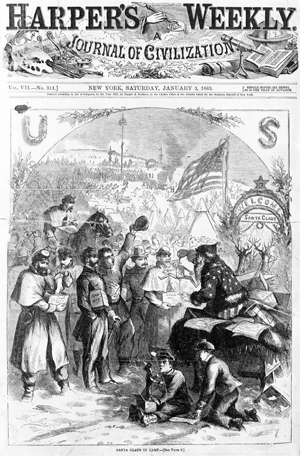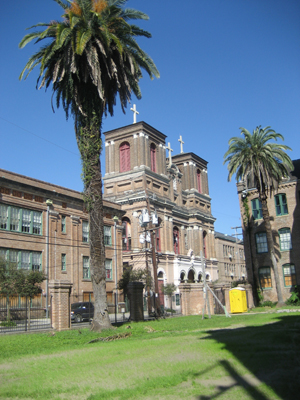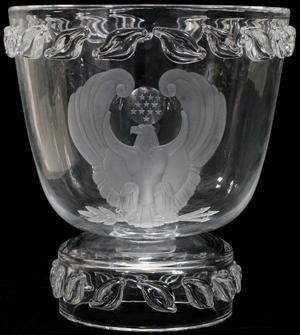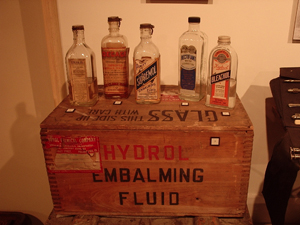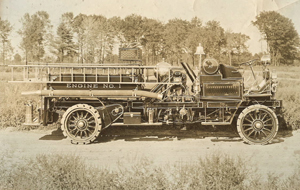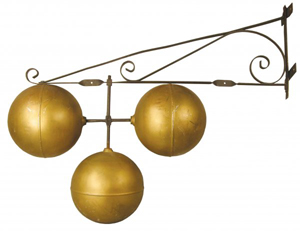
BRUNSWICK, Ga. (AP) – It’s a photograph Patty Henning has seen many times. Yet every time she glances at the sepia-tone image of men nearly 100 years ago playing croquet on what is now the Jekyll Island Club Hotel lawn, she can’t help but be overwhelmed by the striking similarities of then and now.
The hotel stands proud in the background. The lawn is as well maintained as ever.
Easily, this image could have been doctored, recreated from a current snapshot and tweaked to look like it was circa the 1920s. This picture, though, has never seen the likes of PhotoShop. It is an original, with only the men’s sporty attire giving away the picture’s age.
“It looks exactly like it could have been taken here yesterday,” said Henning, marketing director for hotel. “This hotel has become what it was meant to be. It has been brought back to its glory days.”
When the building that became a public hotel in the 1980s opened its door 125 years ago, it was the exclusive domain of the nation’s elite and famous. The likes of J.P. Morgan, William Rockefeller, Joseph Pulitzer and America’s most prominent families used the now-hotel as a private hunting lodge, retreating to the secluded island for solitude and respite.
That wealthy wonderland came to an end when financially unstable times and a call to war struck the nation and forced the private island to shutter its door. Though the original owners intended to reopen the hotel after World War II, the state bought the island in 1946 and transformed it into “a park for the people,” Henning said.
“The hotel just sat in a pretty sad state for years,” said Eric Garvey, chief communications officer for the Jekyll Island Authority, which manages the state park island.
It took a group of visionaries and more than $20 million to reopen the historic property. Architect Larry Evans and his cohort of designers raised the funds, purchased the building in the 1970s and by 1986, it was ready to again become a world-renowned facility, Henning said.
Having worked at the hotel for its entire new 25 year run, Henning has seen the property go through a variety of changes and alterations, all with the goal of making it look identical to the original.
“I was here when it reopened. I have been with this hotel for the whole 25 years,” she said. “Watching as this hotel came back to its state of grace, it has been an amazing process.”
As the hotel slowly morphed back to its golden era, so, too, did the property around the millionaires’ clubhouse. Reclaiming the antique feel of the hotel has provided direction for the island overall, beyond the sprawling croquet lawn and grand dining room of the clubhouse.
With the hotel being “the center of island history,” bringing back its original spirit has been a guide for renovating the adjoining historic district, said John Hunter, historic resources director for the authority.
Mirroring the progress of renovations at the hotel, the historic district has gradually come back to its original days, Hunter said. The Avenue of Palms has been recreated near the hotel, the Morgan Tennis Center has been renovated and Crane, Indian Mound and DuBiogne cottages have been restored to days gone-by. Even the roadways of the district have been restored, by replacing asphalt with period-appropriate oyster shell streets, Hunter said.
“We realized we had to work to bring the island back to where it was,” he said. “It has a great history that was about to be lost. And once it’s gone, it’s gone. I think we have successfully done our jobs in restoring and preserving the island.”
Without the surrounding district of the cottages, shops and palm-lined avenues, the hotel would not be able to draw the crowds it receives annually, Henning said.
“The historic district has become the jewel and crown of the island,” Henning said, crediting Hunter with the drive for making the renovations occur. “The work that has been put into making this district look exactly like it did 125 years ago, it just boggles me. It has made this island park a place families can come and not get run over by a tour bus. It has made this hotel and this island great.”
As the club hotel rings in its 125-year anniversary next year, the island, too, will mark an occasion of its own: the opening of a new convention center campus. Pairing the island’s storied history with the fresh life to be breathed by the new center, hotels and boutiques hasn’t been simple, but will likely prove rewarding, Garvey said.
“The hotel is an iconic symbol for the state. Its renovations are a big accomplishment,” Garvey said. “In building the new district, we are contrasting the new and the old, and we worked hard to make sure each district has its own identity. There will be nothing else like it.”
That’s what area officials and tourism leaders are hoping. The hotel and the island’s storybook past are major boons for the region, bringing in thousands of guests each year.
Work recently completed toward revamping the once-dated structures and facilities on the state park island has been a benefit to the community as a whole, shining a new spotlight on the Golden Isles, which relies heavily on tourism to thrive, said Scott McQuade, director of the Golden Isles Convention and Visitors Bureau.
“Certainly, these are significant attractions for our area. As far as tourism goes, you are always looking for a way to be unique,” he said. “The hotel, the island itself, is like a living museum, a walk back in time. There really isn’t anything else like it.”
Area residents may take the island for granted, and often forget it is even part of the county, said County Commission Chair Tom Sublett, who’s district includes the island.
The island, though, is a hub for generating jobs, tourism and revenue for the entire Golden Isles. It is a magnet of the region’s history as well as a compass for what is to come, Sublett said.
“The Jekyll Island Club Hotel and island itself are a very important part of our community,” Sublett said. “It is a place where you can walk on the floors and play cards at the tables of the Rockefeller and other famous families. The Federal Reserve (concept) was created there. Within the island, there is a significant piece of our community’s history and future.”
Copyright 2011 Associated Press. All rights reserved. This material may not be published, broadcast, rewritten, or redistributed.
AP-WF-11-09-11 1836GMT



